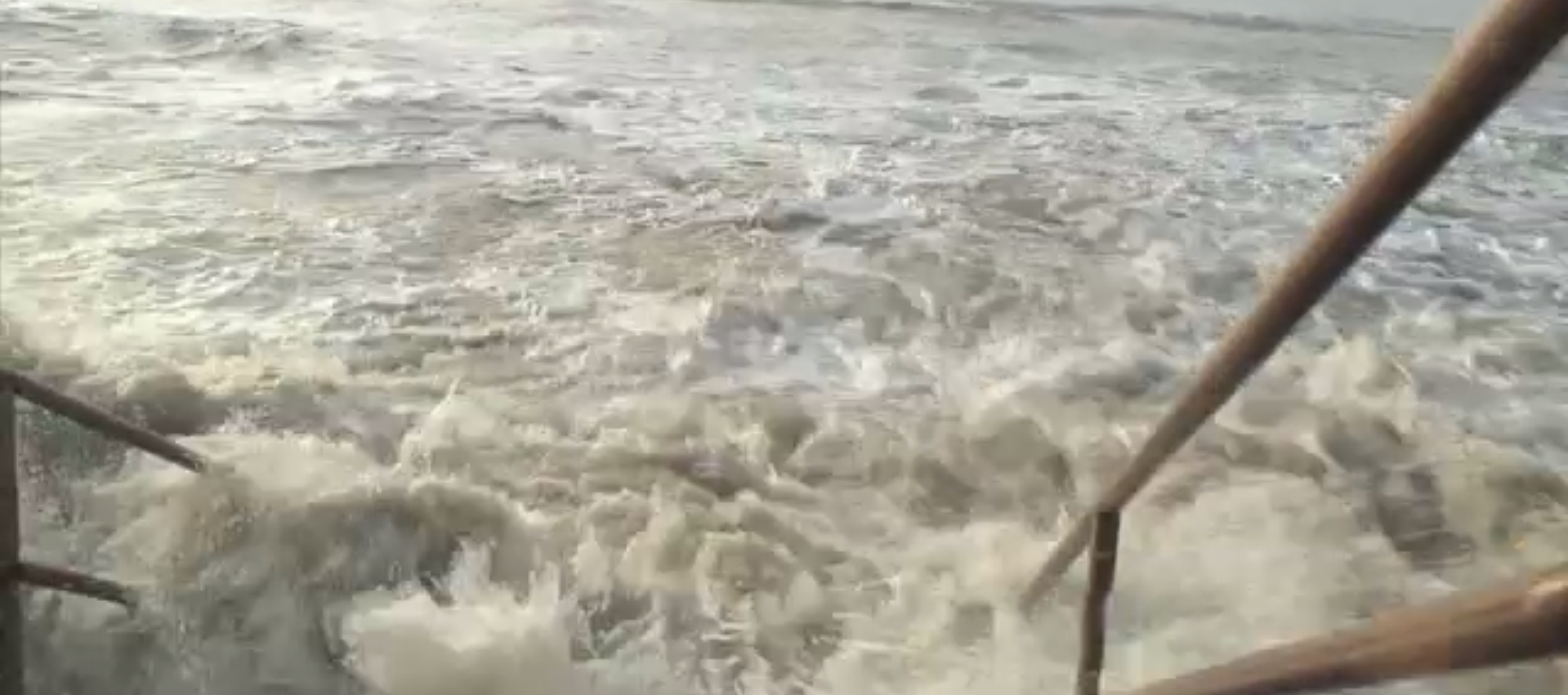Storm Surge
Powerful winds aren’t the only deadly force during a hurricane. The greatest threat to life actually comes from the water – in the form of storm surge.
Storm surge is produced by water being pushed toward the shore by the force of the winds moving cyclonically around the storm. The impact on the surge of the low pressure associated with intense storms is minimal in comparison to the water being forced toward the shore by the wind. The maximum potential storm surge for a particular location depends on a number of different factors. Storm surge is a very complex phenomenon because it is sensitive to the slightest changes in storm intensity, forward speed, size (radius of maximum winds-RMW), angle of approach to the coast, central pressure (minimal contribution in comparison to the wind), and the shape and characteristics of coastal features such as bays and estuaries.
Other factors impacting storm surge are the width and slope of the continental shelf. A shallow slope will potentially produce a greater storm surge than a steep shelf. For example, a Category 4 storm hitting the Louisiana coastline, which has a very wide and shallow continental shelf, may produce a 20-foot storm surge, while the same hurricane in a place like Miami Beach, Florida, where the continental shelf drops off very quickly, might see an 8 or 9-foot surge.
Adding to the destructive power of surge, battering waves can cause extensive damage along the coast. Water weighs approximately 1,700 pounds per cubic yard; extended pounding by frequent waves can demolish any structure not specifically designed to withstand such forces. The two elements work together to increase the impact on land because the surge makes it possible for waves to extend inland. Additionally, currents created by tides combine with the waves to severely erode beaches and coastal highways. Buildings that survive hurricane winds can be damaged if their foundations are undermined and weakened by erosion. In confined harbors, the combination of storm tides, waves, and currents can also severely damage marinas and boats. In estuaries and bayous, saltwater intrusion endangers public health, kills vegetation, and can send animals, such as snakes and alligators, fleeing from flooded areas.
As a hurricane develops over the open ocean, forecasters at the National Hurricane Center closely monitor its path to evaluate the risk of a coastal strike. They use a computer model called SLOSH (Sea, Lake, and Overland Surges from Hurricanes) to predict storm surge heights. The model depends critically on the hurricane’s track, intensity, and size.
SLOSH uses water depths, land elevations, and barriers to the flow of water to compute surges as they move inland. This data helps determine which areas may need to be evacuated.




